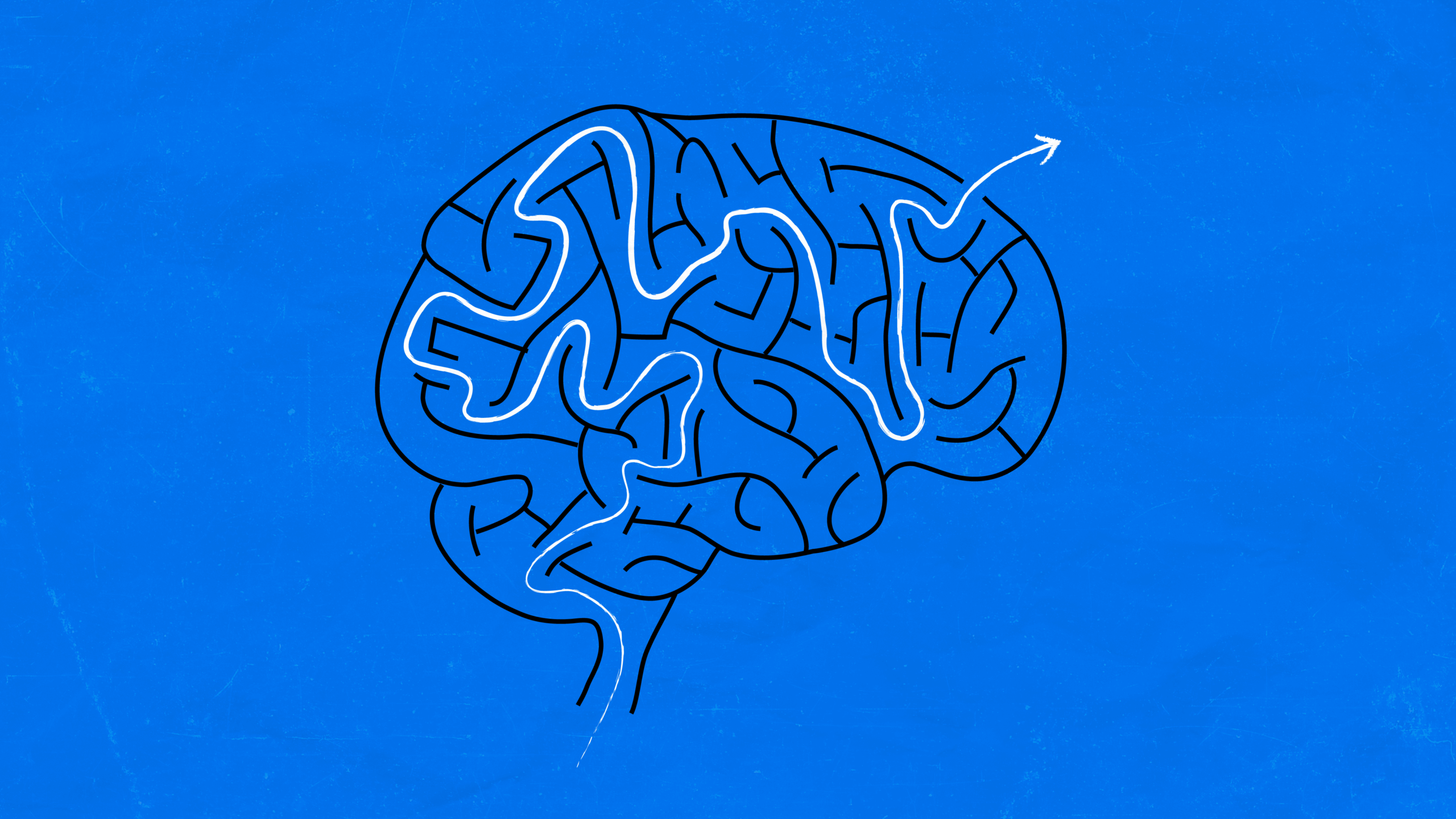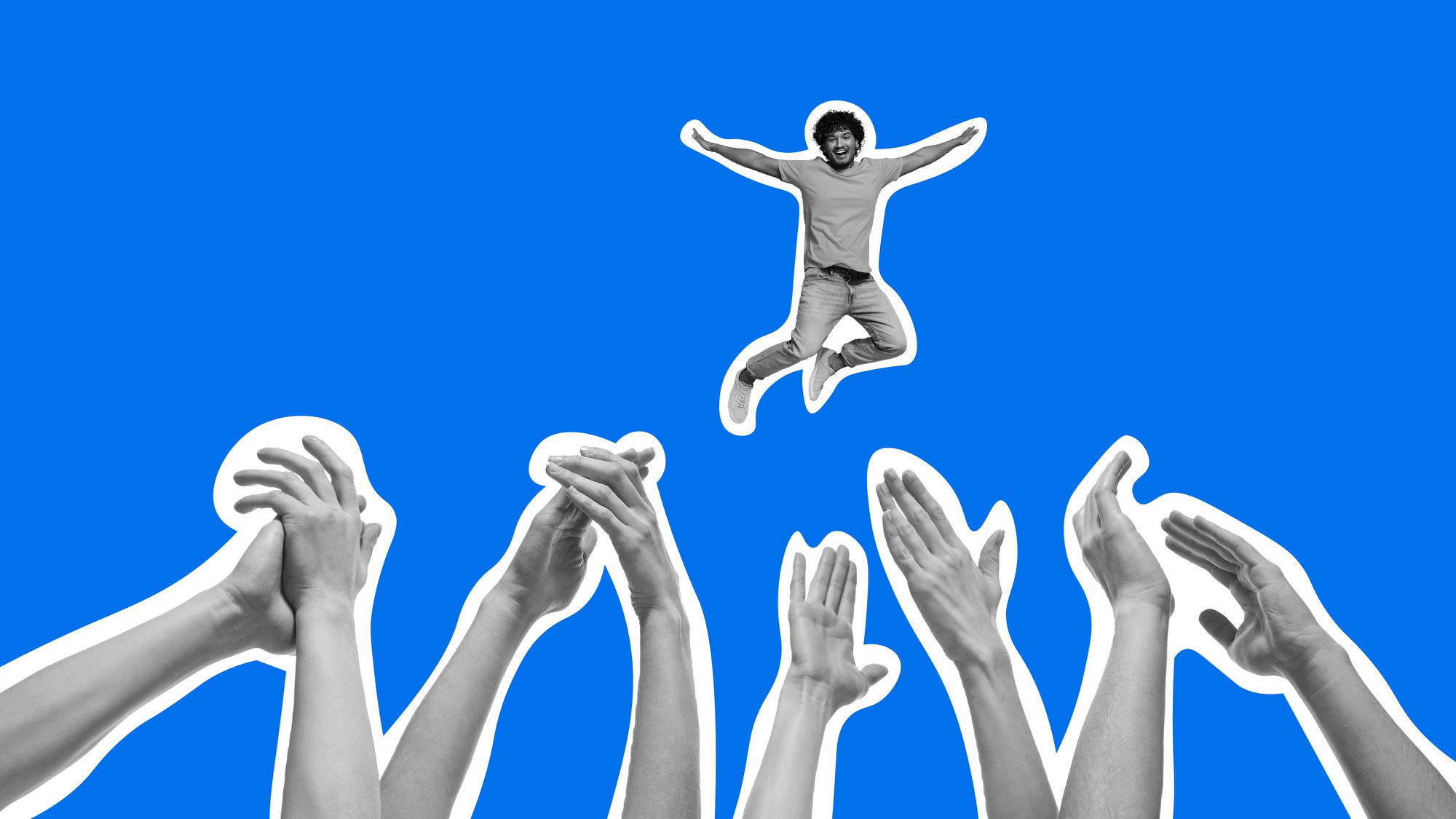Creating emotive brand stories

The recent CharityComms Brand Breakfast on brand strategy and story, and conference on the future of public engagement, has reignited my passion for the power of emotive storytelling.
There is no question that brands across sectors are reaching out to their audiences via emotive branded content, as John Lewis demonstrates brilliantly every Christmas.
But there were questions at the event about why corporate brands are moving in on charities patch with emotive stories, particularly banks (“with their black horses”), who have seen their brand trust rise as a result since the financial crisis.
At the same time Brand Breakfast peers felt charities had become too rational and made a plea for the sector to return to its emotional roots. This was demonstrated by Brain Research Trust’s upcoming brand story film which balances positive energy and unity with humanity to create an emotional connection with potential supporters.
And Save the Children’s award-winning Still The Most Shocking Second A Day, which shows a young British girl’s life falling apart around her during a civil war, viewed more than 50 million times on YouTube.
The long and short of it is that emotional storytelling works. The Institute of Practitioners of Advertising has found that emotional advertising is twice as efficient as rational, and delivers twice the profit.
Storytelling techniques are critical in creating brand engagement, and trust it seems, so here are some tips to make sure your brand lives happily ever after.
The right mix of emotions
The most eminent psychologist in emotional theory is Paul Ekman. He proved Darwin’s hypothesis that facial expressions of core basic emotions are universal across cultures, ethnicities, and even species. Ekman’s work is now used by brands across sectors worldwide, from the US Military and CIA, to Apple, Microsoft and Google.
So first you need to agree which emotions you want your branded content to elicit. Anyone who has seen the Pixar and Disney animation Inside Out will know there are a range of basic emotions to choose from: joy, sadness, fear, disgust, anger.
This is where the opinion of charity sector professionals may differ. Brand specialists often like to focus of the brand vision, whereas fundraisers traditionally favour emotions such as sadness and fear to generate a direct response.
In reality a good brand story needs a clear narrative arc (problem – solution – call to action), which may require a mix of emotions. Cancer Research UK delivers a rollercoster of emotions across their brand story for example, from ‘dark days,’ to ‘defiance,’ ‘tenacious optimism,’ and ‘celebration’.
Remember, truly effective branded content doesn’t just feature emotions, it stimulates them.
You have to make people ‘feel it’. Facial recognition coding has also shown that the strongest peaks of emotion correspond to the moments on and just after the main plot twists.
Characters we care about
If we can relate to and empathise with the characters featured, we are much more likely to engage with what happens.
Brand specialists therefore often use Carl Jung’s brand archetype theory during brand development to help them identify the right brand personality.
Brand archetype theory is that there are common storylines than transcend time and cultures, such as the ruler and the hero. Told over centuries these plots tap into our ‘collective unconscious,’ so if we can build our brands around them they can provide a powerful shortcut to brand salience.
Your brand needs a role
Your brand has to play a role in the story for any of the emotion generated to have a lasting impact. Many of the associations created by advertising are created via a process called ‘associative conditioning’.
This is when the brain learns an association between two things because they occur at the same time. And it’s why Lord Sugar insists that the ‘product shot’ is always included in the cringeworthy ads on the Apprentice.
A happy ending
Crucially, our feelings at the finale dominate our memory. You will overshadow the whole brand experience if you leave people without a satisfactory ending. This memory bias is called ‘peak-end,’ where our brains only store the most important aspects, and is proven by Nobel Prize winner Daniel Kahneman. It’s also why emotional experts John Lewis shouldn’t have left the man on the moon in my opinion.
If you’d like to add more emotion to your brand story please get in touch. We promise not to cry.





